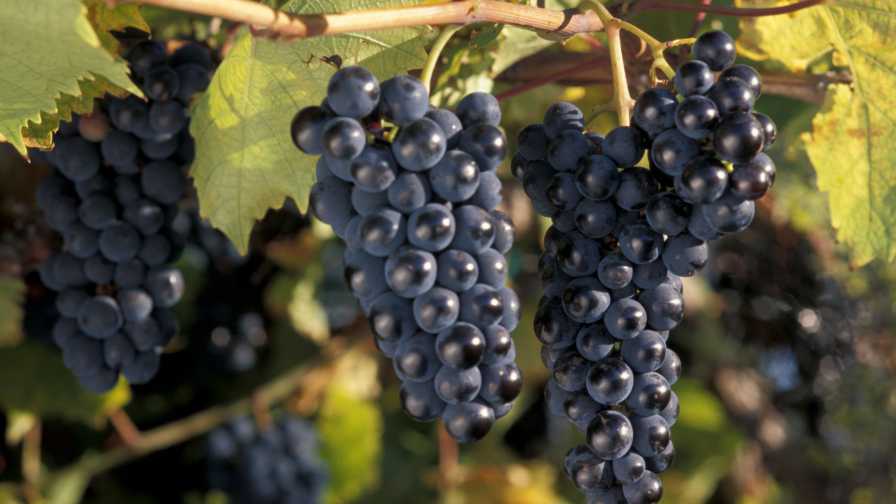China Looms Large In Apples
Chinese apple production, which has grown exponentially in the past two decades, actually went down in 2007. For the first time in what seems like a very long time, U.S. processed apple growers could breathe a sigh of relief, as prices climbed up close to $200 a ton at the end of 2007, says Des O’Rourke, publisher of the World Apple Report. That’s quite an increase over the $40 per ton they were getting just one year ago.
The Chinese apple crop dipped from a record 26 million tons in 2006 to as low as 20 million pounds in 2007, says O’Rourke, adding that it’s difficult to get hard data from China. In any case, that dip in production coincided with lower crops in other juice-exporting countries as well, including Chile, Argentina, Turkey, and especially Poland, which had terrible weather during the 2007 bloom, he says.
Increased fuel costs, which have caused a jump in shipping, have also had an impact, says O’Rourke, who also writes the “Growing Without Borders” column for American/Western Fruit Grower. The price of Chinese apple juice concentrate hit a record of $2,000 a ton in late 2007, up significantly from a few years ago, when it was just $500 a ton. At that low price, some U.S. processed apple growers found they simply could not compete. It led to a 2002 ruling that Chinese producers had to impose a 52% tariff, but O’Rourke says many were able to find a way around it.
Chinese production is unlikely to stay down for long, and in any case, O’Rourke says they get too much blame for low U.S. apple juice prices. It truly is a small world, says O’Rourke, noting that while 40% of the apple juice in the U.S. comes from China, that represents only about half the total amount imported — 75%. “That trend was established before China came in,” he says. “Countries such as Chile, Argentina, and Poland can match the Chinese price most of the time.”
Getting Fresh
While the Chinese have had a tremendous impact on the U.S. apple juice market, fresh Chinese apples have yet to make their way into this country. It is currently illegal to sell Chinese apples in the U.S., says Des O’Rourke, because USDA’s Animal and Plant Health Inspection Service (APHIS) composed a long list of pathogens found in China that are not found in the U.S.
But like many other economists, O’Rourke doesn’t believe that such a trade barrier will last forever. “It’s just a matter of time, there’s no question” he says. “After all, they’ve been selling them in Canada for five or six years with no problems.”
O’Rourke believes U.S. officials will allow Chinese apples into the country when it appears to be in the best interest of people in this country who have more political pull than do apple growers. “It will be at a time when we need a market to sell our corn or soybeans or something,” he says.
And when that happens, look out. Consider that in 1990, the U.S. and China produced the same amount of apples, 4.3 million metric tons. In 2006, the U.S. production remained at that level, while Chinese production was up to 26 million tons, more than half the world’s total of 46 million. “We’ve stood still and China has absolutely soared,” says O’Rourke. “They’ve certainly become the elephant in the living room.”









